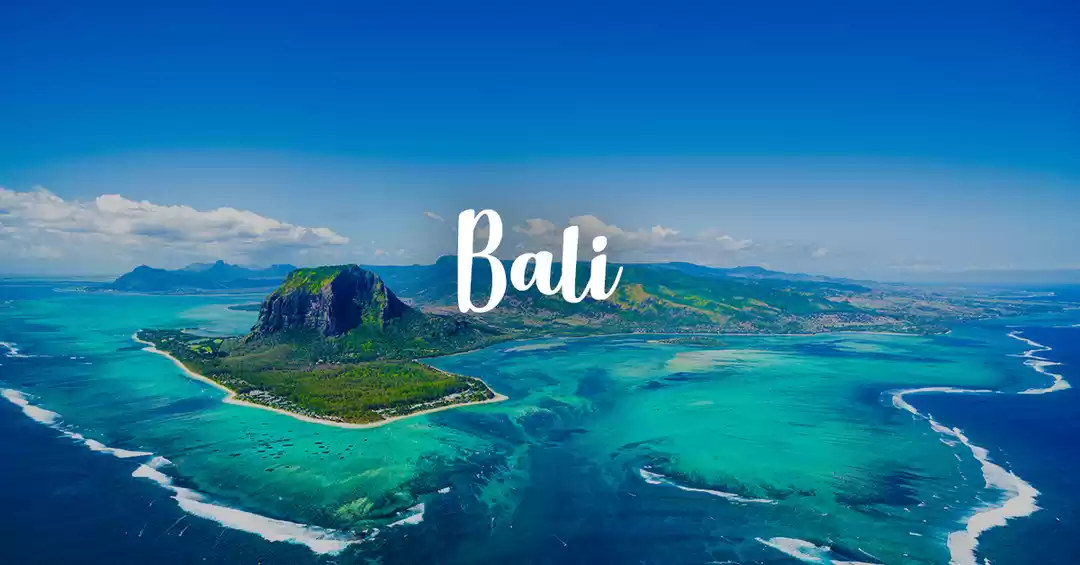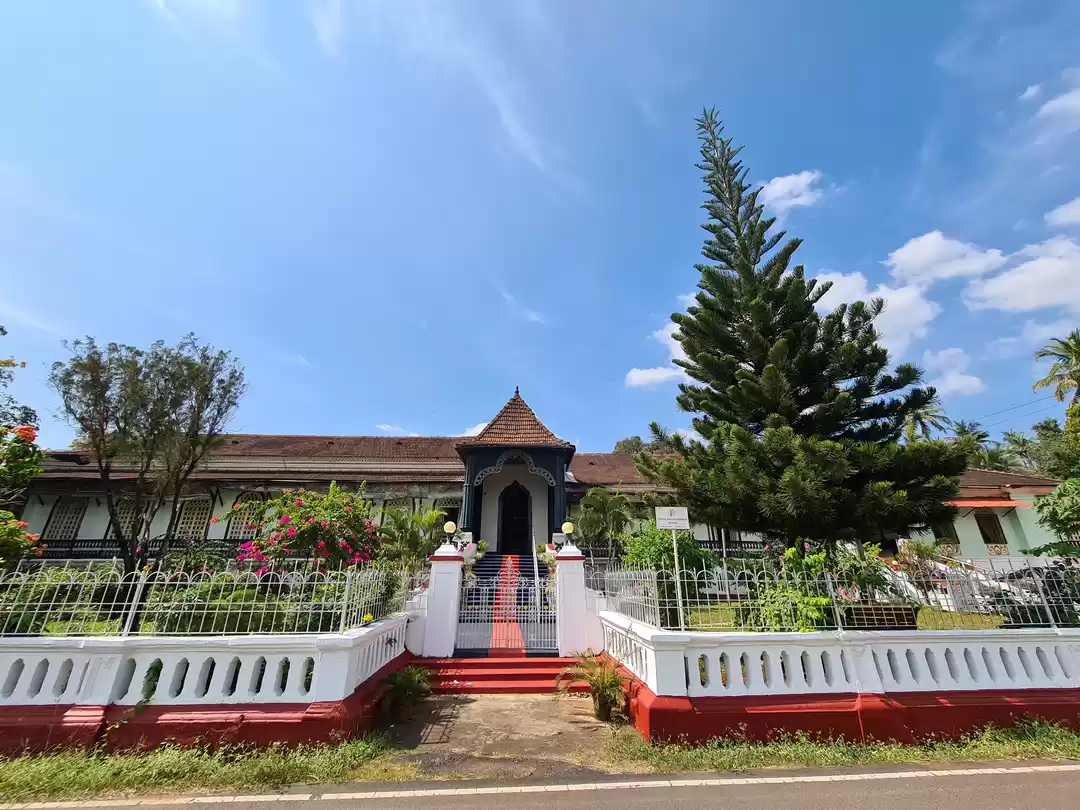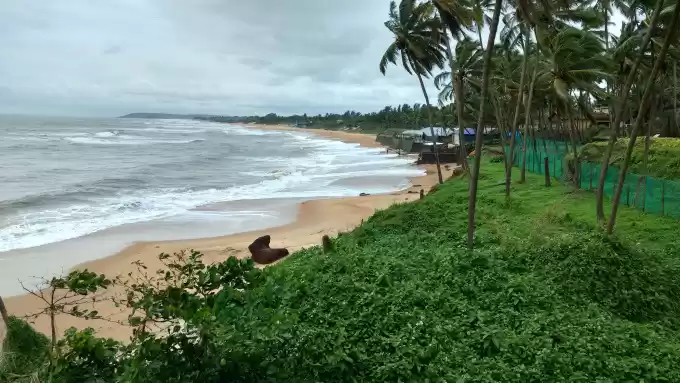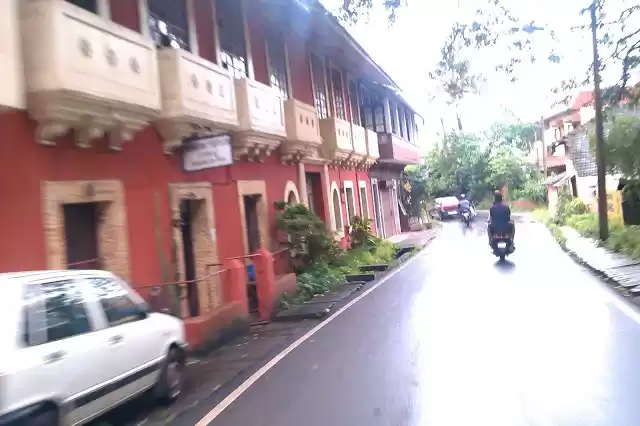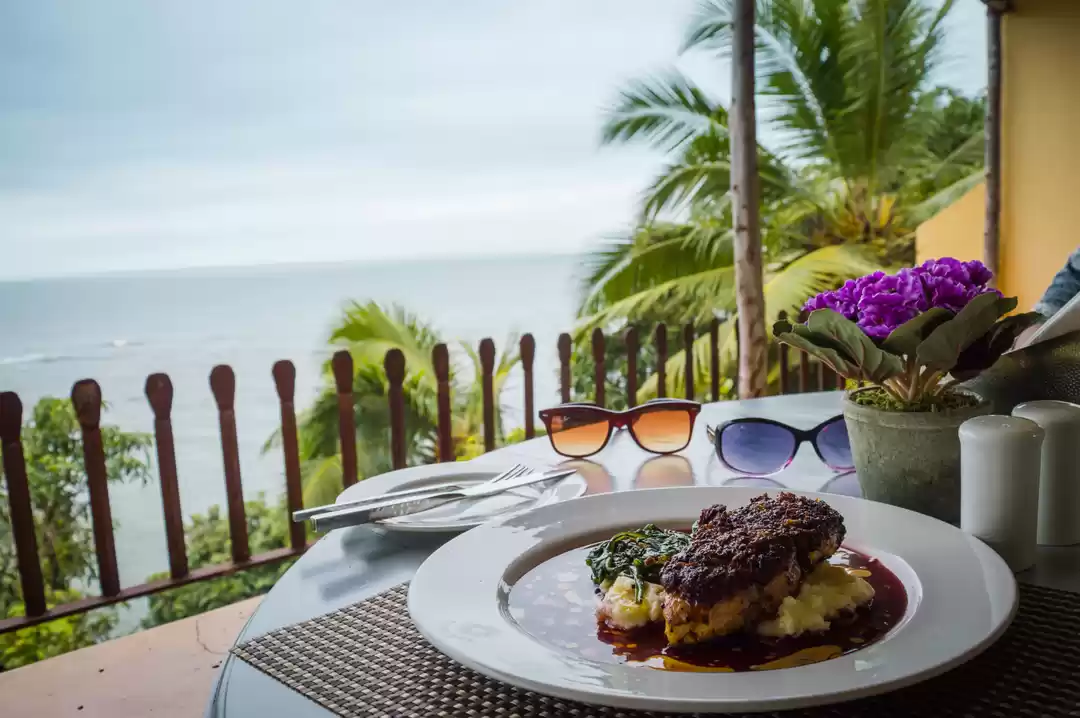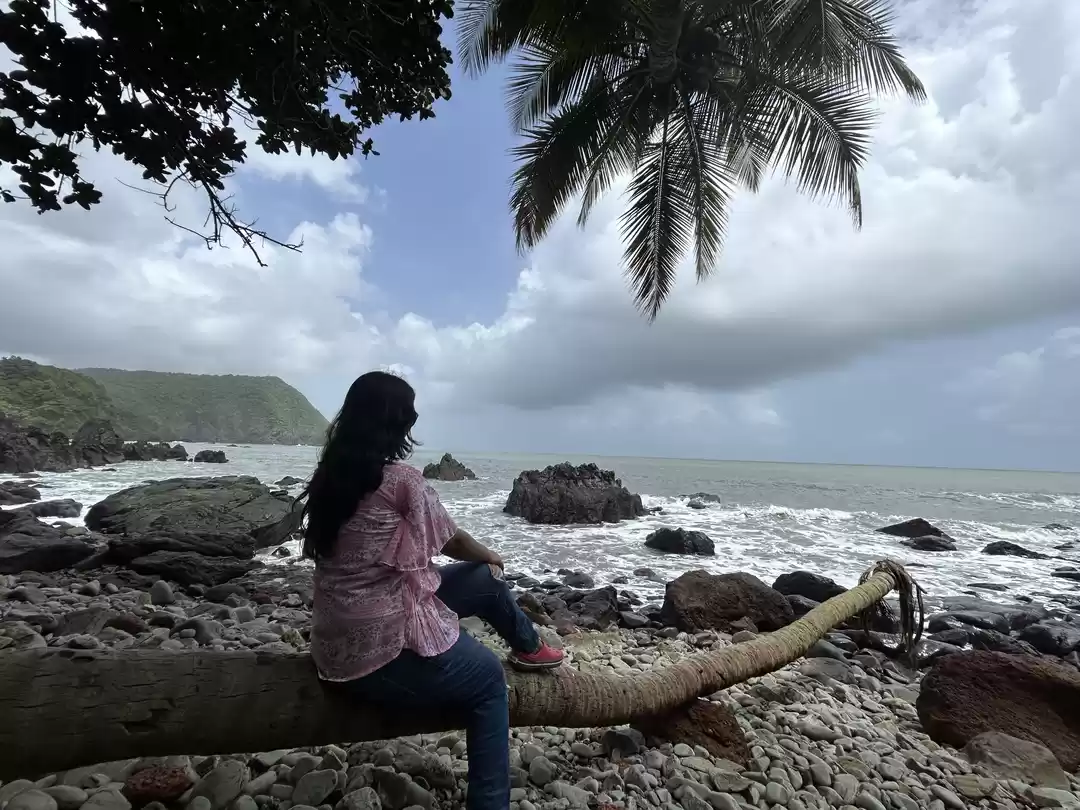“Heritage and memory in India have their complexities, owing to the constant shifts in culture that have taken place over the years. Colonial lenses, as well as upper caste Savarna hegemonies, dictate what deserves to be remembered and what can be discarded.”
My fascination for Goa didn’t begin with Bollywood movies. To be frank, I always found their portrayal of Goa and Goans very stereotypical though the hypnotising shots of the verdant fields and Devyani’s little red car whizzing past the Church of Our Lady of the Mount in Sanjay Leela Bhansali’s Guzaarish, certainly contributed to my demands of a tour of the state.
I had been fascinated with Goa for as long as I can remember – the lure of the Arabian Sea coast, and a chance to peek into the almost obliterated part of India’s colonial years and observe the curious mix of Goan, Konkani, Portuguese, Hindu and Christian cultures always appealed to the inner history aficionado like no other. So, one cancelled trip (to Nainital) and much dilly dallying later, my parents and I hopped on to the Goa Express at Howrah station to visit the poster-boy of India.
*

The highlight of our train journey was supposed to be the Dudhsagar Falls. But the experience didn’t turn out to be much special as the otherwise magnificent waterfall was actually located at a great distance. And the thirty-eight hour long travel did make me re-evaluate my love for both trains and Goa at one point. But when I finally reached Margao, the excitement of being at our much awaited destination and the sweeping views of the city offered by the hotel, took away any disappointment that might have creeped in.
Goa seemed to pack in a lot in its little hands and our journey had its own small adventures. Snuggled on the southern part of the rocky headland where the Mandovi and the Zuari rivers meet the Arabian Sea, Dona Paula – a former village with many folklores behind it – was quite a delight. Windy weather, a sparsely populated jetty promenade, shops selling sunset-printed T-shirts and two young Maharashtrian co-passengers made for the perfect outing. And on one of the days, my mother and I made an impromptu trip to the Calangute beach by ourselves, having missed the pre-planned full day trip with GTDC as I wasn’t well enough (I had convinced my father to go so that there would be some pictures and stories at least). Our phones weren’t as smart as they are now and with no Google map to tell us the directions, we heeded the advice of the hotel concierge and went to the Panjim bus stand to take a bus to Calangute. Once we reached the beach, all our apprehensions melted away and I couldn’t thank my mother more for agreeing to my no-plan plan. The turbulent sea stretched endlessly before us as the wind kept howling and rain poured down. Understandably, all kinds of sports were forbidden at that time but the entire ambience was both scary and enticing, and I throughly enjoyed our stay despite not being fond of rains.
July being one the shoulder months, none of the beaches or tourist spots were crowded, and this somewhat compensated for the heavy and incessant rainfall. Because while the rain swathed fields were rendered more beautiful than ever and the locals actually thanked us for “bringing in the rain”, travelling and sightseeing became cumbersome. Perhaps, I was more annoyed than my parents because my photography plans had been ruined!
*

There is always something magical about looking at a 450 year old fort or church and walking under the imposing arches, knowing that they have seen mighty empires crumble into oblivion, and hold within them stories and eccentricities of the tailored suits and frocks, the kashttis and puddvims, and everything in between.
The Loutolim homes – memories of the state’s Portuguese legacy, spread over tens of thousands of square feet – were largely European in style with ostentatious living rooms, massive crystal chandeliers and elegantly carved windows, but the warm hues betrayed a deeply rooted Goan character. A glimpse into these century old houses, some of which even pre-date the Taj Mahal, was an amazing experience! The houses belonged to affluent Catholic merchants, some of whom later became Portuguese citizens and left Goa, never to return. It felt surreal to think that the tiny mediterranean country controlled this part of India well into the second half of the 20th century despite the end of their days as a sea power, and places like Casa Araujo Alvares, Figueiredo Mansion and the red-roofed houses in the narrow cobbled lanes of Fontainhas still stand, barely altered and inhabited by Portuguese speaking people of Luso-Indian descent.
*

Our very first day in Goa made me aware of how different the place felt from the rest of the country. A small bit of Lisbon washed up on the shores of the Arabian Sea – juxtaposed against well manicured lawns maintained by the Archaeological Survey of India – we could still sense the yesteryear grandeur as we wandered through the leftovers of Old Goa a.k.a Velha Goa. Once the flourishing capital, it was abandoned in favour of Panjim after an epidemic, and is now a World Heritage Site with baroque churches and cathedrals like the Basilica of Bom Jesus and Se Cathedral. I only wish the heavy downpour had not forced us to waste our time at the Big Foot (a rather worthless museum) in Loutolim and we could explore the Basilica and Se Cathedral better.
The thing about Goa that impressed me most was how clean and well-maintained the places were. The hoarding free roads with their colourful floral arrangements added to the kaleidoscopic blend of natural beauty, quaint Portuguese spots and colourful architecture. While one might argue that Goa’s tiny size has a significant role to play, for once, it felt good to see people behaving like responsible citizens, no matter what the motivation was. This in turn, made the intra-city transfers enjoyable and despite the long hours, I didn’t snooze off like I usually do!
*

During our stay in Goa, we mostly used the local buses. While they were perfectly convenient even for the long journeys, the minimum fare of Rs. 20 per person made the Kolkatan in me want to revolt. The other aspect that left me craving for my city was how quiet, deserted and dark Goa would get by 8 p.m. resulting in a paucity of public transport. On one particular occasion, when we were returning from our cruise trip after enjoying a beautiful Konkani song and dance performance, we could barely recognise the places as everything had shut down except for the bars and pubs. With only the sound of the waves occasionally pervading that silence, it felt eerie and though there was no cause for concern, I heaved a sigh of relief upon reaching our hotel. I bet this was due to the off season since I have heard much about Goa’s nightlife and the beach parties at Baga.
As I write this travelogue, I realise that I need to revisit the place not just to see the Divar Island and Aguada Fort and few other areas we had missed, but to feel some of the things again. Also, I can’t help thinking of our delightful stay at Miramar Residency opposite the Miramar beach in the second leg of our journey. A sprawling area dotted with palm trees, picturesque cottages and restaurant, and seasonal blooms, it had the best pastry shop in town and a bunch of helpful, affable people who made our stay memorable. While the calm and quiet beach let us enjoy some beautiful sunsets without having anything to return to.
Goa might have played the troublesome child for most of our trip as we would be frequently left running helter-skelter toward the beach shacks to avoid the sudden rainfalls. But boy, did it make up on our last day there! As our car drove down to the Vasco da Gama railway station at the break of the dawn, I finally saw the place in its entirety. A cloudless sky, the deep green of the palms offset by the yellow sand and the rustic charm of Goan villages – it was truly a sight to behold! And even though quite a few years have passed, I can still recall that journey as if it was only yesterday.












